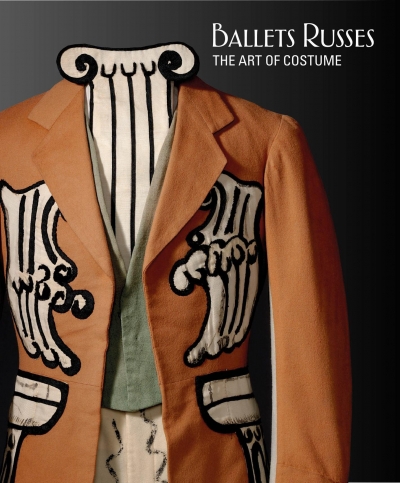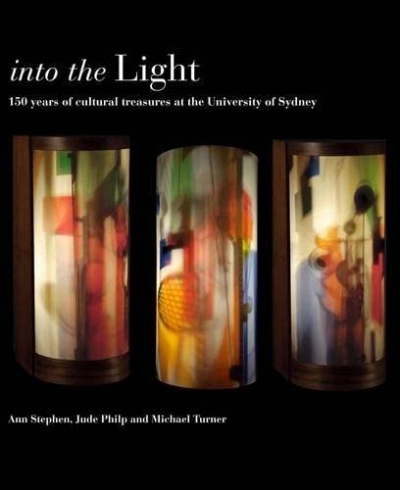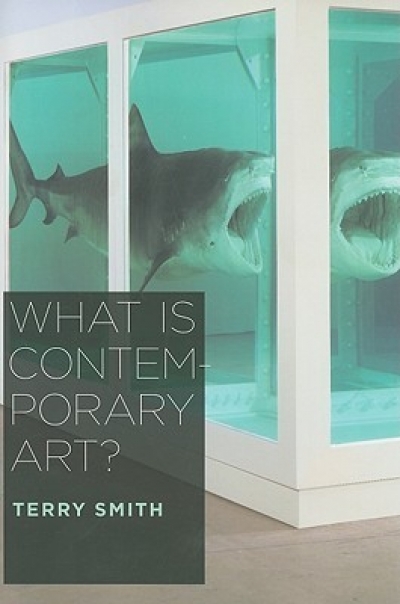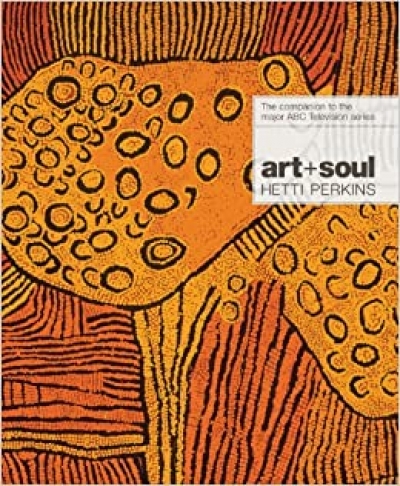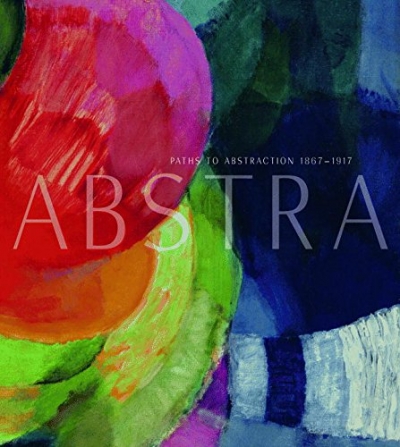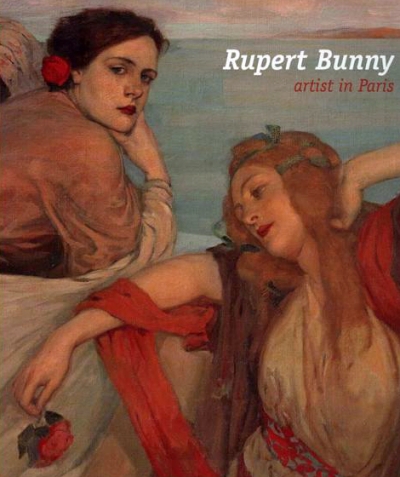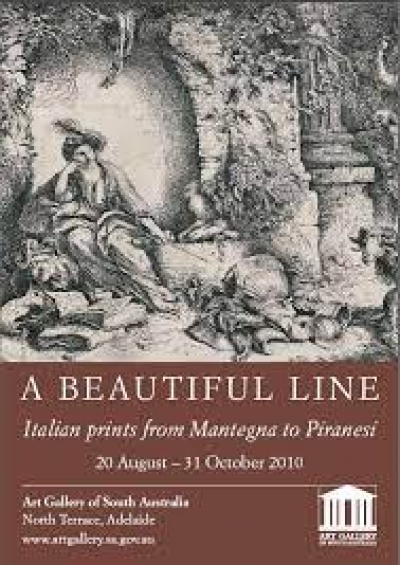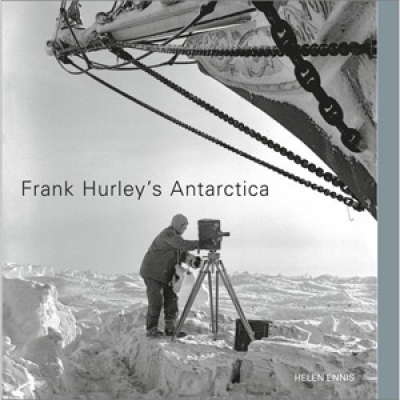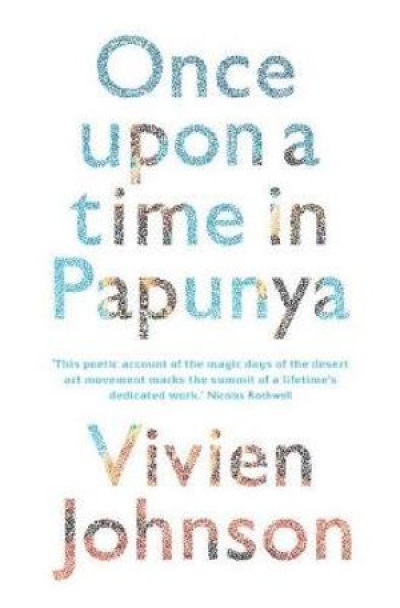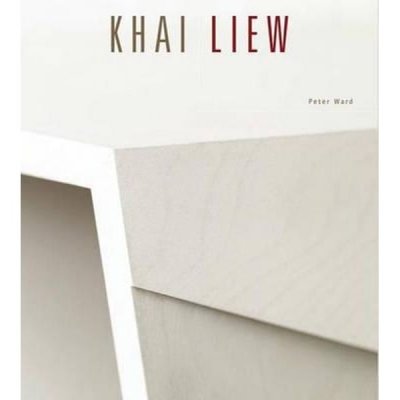One of the notable things about living in a small country is that you can enjoy many first-rate second-rate things. Given the post-Renaissance domination of the visual arts by painting, prints have for a long time been driven into a supplementary role by artists, historians, and the market, and, as a result, have tended to be treated as minor works, curios, or historical illustrations. Because, moreover, Australia was a far-flung colony of the British Empire for much of its modern history, treated by its masters as ancillary to ‘the main game’, this situation mitigated against the acquisition of many exceptional paintings. Australians bought prints instead. State galleries acquired staggering print collections, from Dürer through to Rembrandt, Piranesi, Blake and Goya to the present. As its subtitle suggests, A Beautiful Line: Italian Prints from Mantegna to Piranesi showcases one important local collection, in Adelaide. Running the gamut from Renaissance to Rococo, the exhibition presents 135 prints ranging from the iconic to the obscure, culminating with works by such luminaries as Canaletto and Giambattista Tiepolo.
...
(read more)

